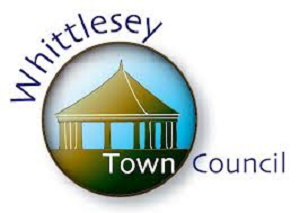Coates is a pretty rural village approximately two and a half miles east of Whittlesey on the A605
A conservation area, the large tree lined village green is intersected by the A605 and is thought to be one of the largest village greens locally, made up of North and South Green.
The old fire engine house with inscription is situated near the Vine on South green.
Paid for by public subscription the War memorial on North green was unveiled in 1920.
In the middle of the North Green is the Wesleyan Chapel which was built in 1831 but is now in commercial use.
The light and airy, Holy Trinity Church was built in 1840 using bricks from a small local brickyard.
Outside on the south wall of the church is a recently erected memorial to men of the United States Airborne Division commemorating 14 men who died 24th May 1944 during an exercise in the skies over Turves and Benwick.
There are children’s play areas on both ‘Greens’, and a small general store, post office and hairdressers on South Green.
Coates primary school in ‘The Fold’ was opened in 1877 on the site of what is thought to be the Quaker’s grave yard. Having been extended over the years the school is still a very important part of village life.
The Public Hall dates from 1890. Built by public subscription, it is situated on the corner of The Fold and the main road and is the meeting place for many organisations and social functions.
The Carpenters Arms and The Vine are on either side of the A605.
The village is surrounded by agricultural land but the majority of work is in nearby Whittlesey or Peterborough.
The area is ideal for walking with many Byways, lanes and ‘Feldale’ fishing lake.
In 1280 Coates is referred to as Cotes. The village could have got the name owing to it being an island with an abundance of water birds including ‘cootes’. Another thought is that it got the name from the cottages that surrounded the greens and indicates that the first settlement here was a humble one. Plots of land, individually acquired from the Lord of the Manor were rented for a few pence a year to build a cottage which would also be granted rights of grazing in the fens to the north and south of the village and a few thatched cottages can still be found around the village.







